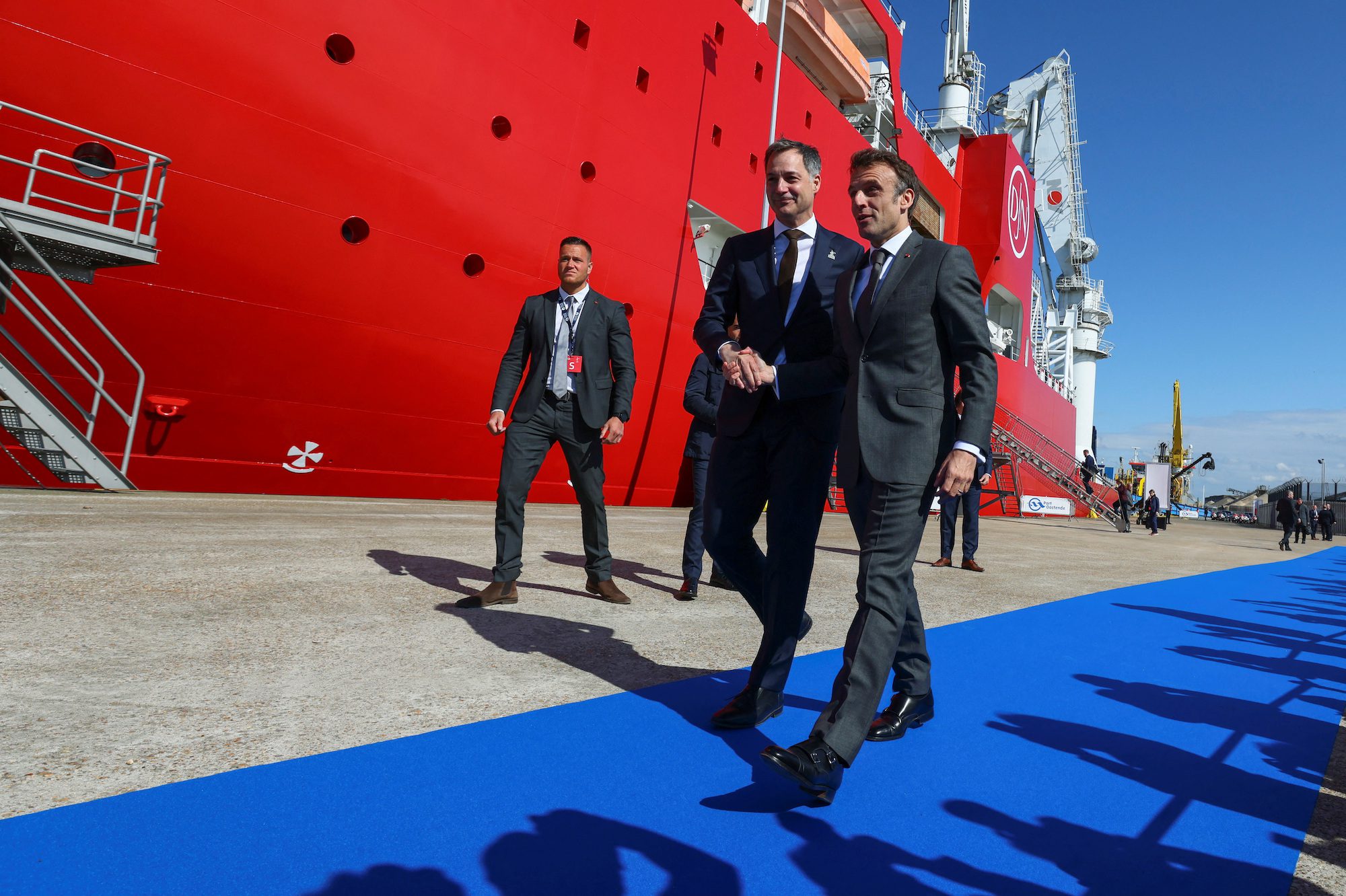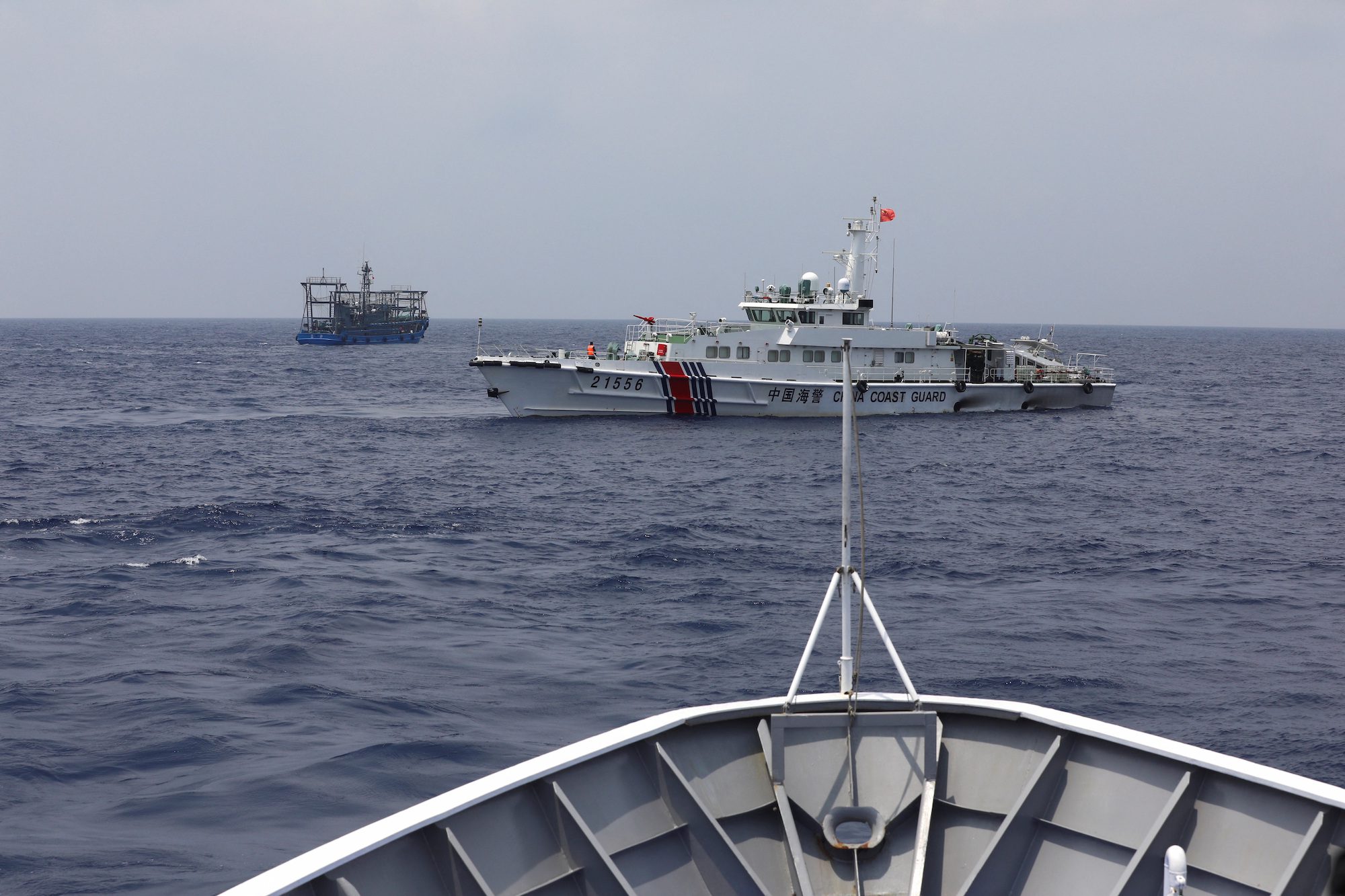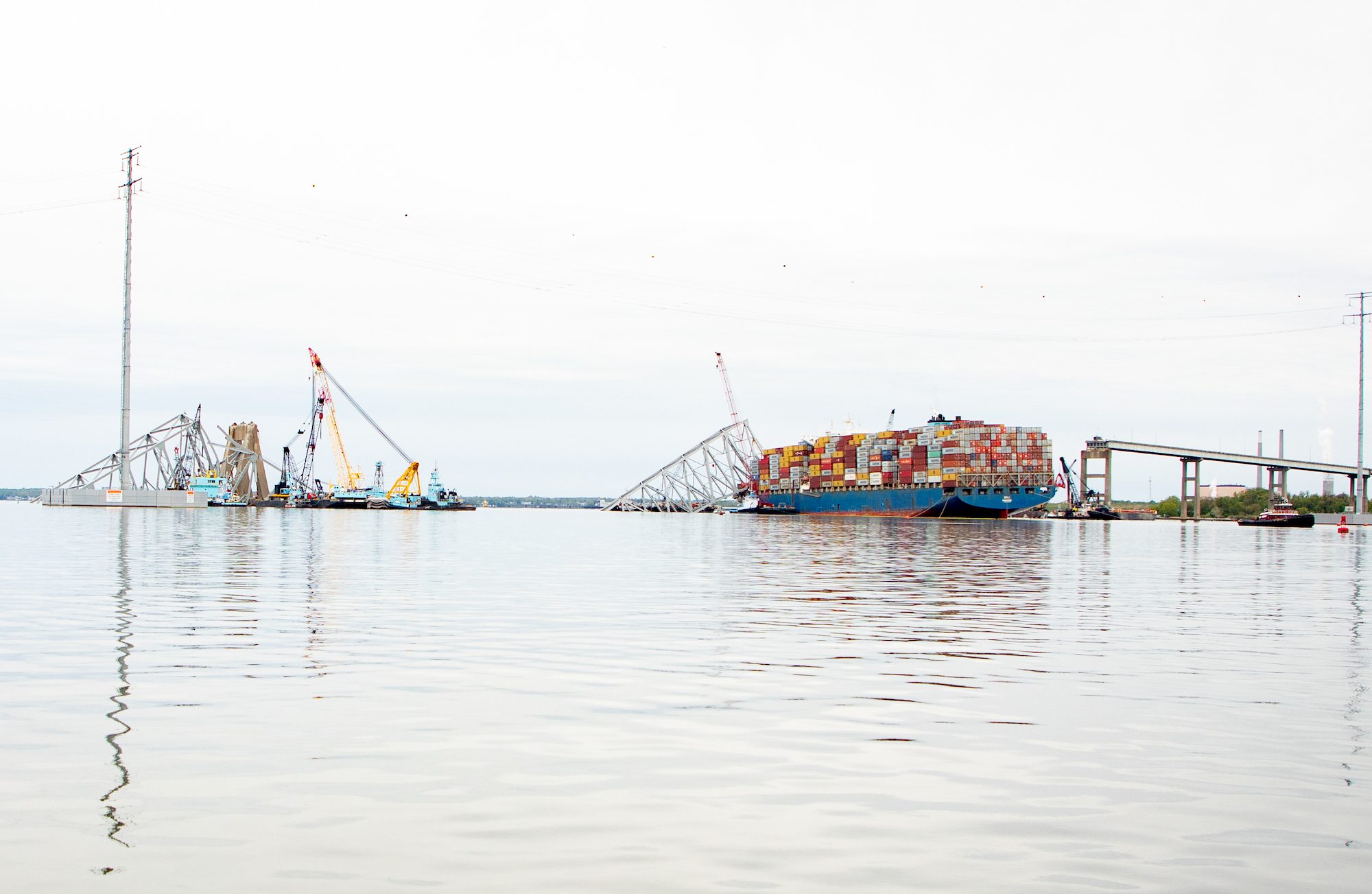By John Ainger and Michael Nienaber (Bloomberg) –Security advisers from the North Sea nations agreed to work out a pact to jointly protect critical sub-sea gas pipelines and power cables, telecoms connections and wind farms.
Several nations attending the North Sea Summit in Belgium on Monday will work on an agreement that will allow the use of drones to monitor key sites, according to a document seen by Bloomberg News. The plan is to set up a cross-border information sharing platform for security incidents and enable action to be taken to help in the territorial waters of the member countries.
Since the Nord Stream attacks in September, NATO members have increased monitoring with satellites, aircraft, ships and submarines for the North and Baltic seas. The alliance has yet to publicly identify who carried out the pipeline blasts, but fears have increased that European undersea infrastructure may be at risk of a covert attack by Russia in retaliation for sanctions related to its invasion of Ukraine.
Norway is now the biggest supplier of pipeline gas to Europe and disruption is a top concern but there are signs that electricity cables and wind farms are also targets. The near-impossible task of protecting miles of sub-sea infrastructure has been thrown into the spotlight following the blasts carried out on the gas pipelines in the Baltic Sea in September.
“Since the beginning of the war in Ukraine the alertness for potential risks to our critical offshore infrastructure is greatly increased,” according to the document. “All North Sea nations have understood this reality.”
The threat is growing. The UK said last week it had seen attempts by Russian hackers to damage or destroy critical national infrastructure. The Belgian government also reported 30 Russian naval vessels passed through the English channel last year staying in international waters. Those included a frigate, a destroyer and a submarine.
Nine nations are attending the summit in the Belgium port city of Ostend, but it’s not clear how many will sign the pact, expected by the end of the year. It will build on a declaration agreed by political leaders on Monday to protect assets and increase the security around infrastructure. A representative of NATO will also attend meetings.
“The energy sector is getting more and more interwoven with geopolitical risks,” Fatih Birol, executive director of the International Energy Agency said in an interview. “We are seeing there might be an additional job for the authorities.”
Green Energy
The nine governments pledged to turn the North Sea into one of the world’s biggest hubs for renewable energy. The nations — which also includes Luxembourg, Denmark, Ireland, the Netherlands and Belgium — signed a declaration to accelerate the building of offshore wind projects on a “massive scale”.
The combined target is to install 120 gigawatts of offshore wind capacity in the North Sea by 2030 and 300 gigawatts by 2050.
“In response to Russia’s aggression against Ukraine and attempts of energy blackmail against Europe we will accelerate our efforts to reduce fossil fuel consumption,” the declaration said.
British Prime Minister Rishi Sunak did not attend the event, sending instead energy security minister Grant Shapps to try to smooth relations with Europe in the wake of Brexit. Shapps is likely to face questions over the climate impact of plans to develop the Rosebank oil and gas field.
Offshore Wind Goals
- Belgium will establish 6 gigawatts offshore wind capacity by 2030 and 8 GW by 2040
- Denmark will enable the deployment of at least 5.3 GW total offshore wind capacity in the North Sea in 2030
- France aims at establishing at least 2.1 GW of offshore wind by 2030 and 4.6-17 GW by 2050
- Germany will establish at least 26.4 GW offshore wind by 2030 and 66 GW by 2045 in the North Sea
- The Netherlands will establish about 21 GW offshore wind capacity around 2030 and assess whether 50 GW in 2040 and 72 GW in 2050 is feasible
- Belgium, Denmark, Germany and the Netherlands aim to develop the first interconnected system of energy islands and clusters in the North Sea by the mid-2030s, according to the document
The countries will work together to build more electricity cables connecting North Sea offshore wind farms to key parts of Europe’s grid. Other key areas of collaboration will focus on spurring a market for renewable hydrogen and encouraging carbon capture and storage — where the North Sea is seen as having a lot of potential to store injected carbon dioxide.
Leaders will also meet with executives from key companies involved in building and developing the projects. Despite political rhetoric supporting renewables, no final investment decisions were made in offshore wind farms last year. Raw material costs, rising interest rates and inflation has made it much more risky to sign off on big projects.
“We need to massively ramp up European wind supply chains,” said Sven Utermöhlen, chair of lobby group WindEurope Chair and CEO of RWE Offshore Wind. “Taking into account inflation developments for increasing the investment certainty of both manufacturers and developers and thereby, allowing the lowest financing cost.”
–With assistance from Katharina Rosskopf.
© 2023 Bloomberg L.P.
Unlock Exclusive Insights Today!
Join the gCaptain Club for curated content, insider opinions, and vibrant community discussions.

 Join The Club
Join The Club













